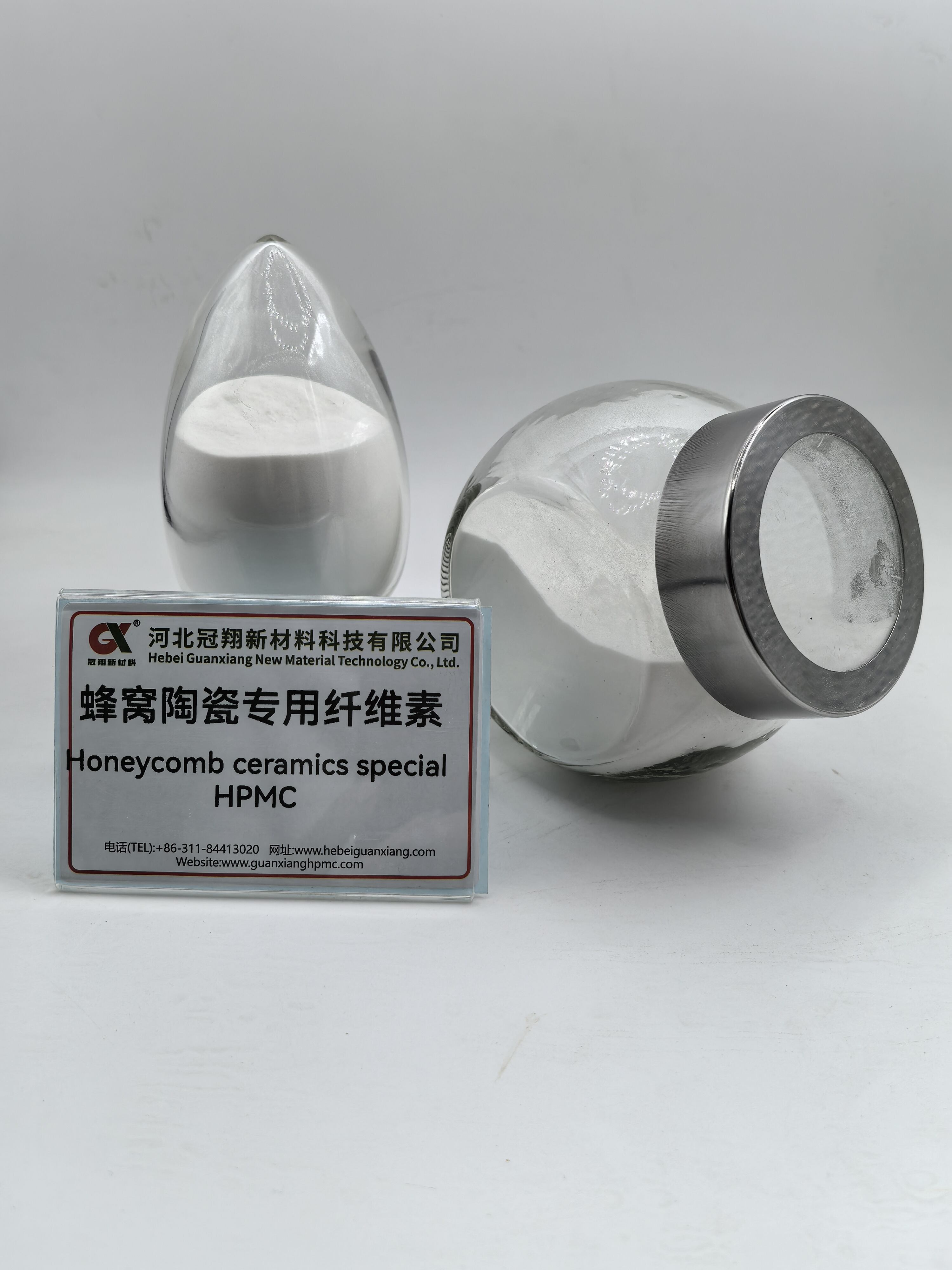혁신적인 지속 가능한 소재들이 현대 디자인을 변화시키고 있음
디자인 업계는 우리의 시급한 환경 문제를 해결하기 위해 혁신적인 소재들이 등장함에 따라 놀라운 변화를 겪고 있습니다. 이러한 획기적인 개발 사례 중에서도 벌집 구조 세라믹 셀룰로오스는 강도, 지속 가능성, 다용도성을 결합한 특히 유망한 솔루션으로 주목받고 있습니다. 이 혁명적인 소재는 친환경 디자인 분야에서 큰 도약을 의미하며, 자연적 특성과 공학적 특성이 독특하게 조합되어 지속 가능한 건축 및 제품 개발에 대한 접근 방식을 바꿔놓을 수 있는 가능성을 지니고 있습니다.
벌집 구조 세라믹 셀룰로오스의 구성 이해하기
천연 기원 및 가공 방법
벌집 구조 세라믹 셀룰로스 셀룰로오스는 주로 목재 펄프와 농업 폐기물과 같은 유기성 식물 원료에서 그 여정을 시작한다. 혁신적인 가공 방식을 통해 이 자연 섬유들이 정교한 복합 소재로 전환된다. 셀룰로오스는 미세한 수준에서 독특한 벌집 구조를 유지하면서 세라믹 입자를 포함시키는 특수 처리 과정을 거친다. 이러한 고유한 형성 과정을 통해 강도와 경량성을 모두 확보하게 된다.
구조의 이면에 있는 과학적 원리
벌집 구조 세라믹 셀룰로오스의 뛰어난 특성은 자연이 창출한 가장 효율적인 구조에서 영감을 얻은 생체모방 설계(biomimetic design)에 기인한다. 벌집에서 발견되는 육각형 패턴은 최소한의 재료로 최대한의 강도를 제공한다. 셀룰로오스 매트릭스 내부에 세라믹 입자를 결합함으로써 유기 화합물의 유연성과 세라믹의 내구성을 결합한 하이브리드 소재가 만들어진다.
환경적 이점 및 지속 가능성 특성
탄소 발자국 감소
벌집 구조 세라믹 셀룰로오스의 가장 큰 장점 중 하나는 환경에 미치는 영향이 극히 적다는 것이다. 생산 과정에서 콘크리트나 철강과 같은 기존 건축 자재에 비해 훨씬 적은 에너지가 필요하다. 또한 이 소재의 주요 성분은 재생 가능한 자원에서 유래하며, 제조 과정에서 재활용된 자재를 사용할 수 있어 탄소 발자국을 추가로 줄일 수 있다.
사용후의 고려사항
기존의 많은 전통 자재들과 달리 벌집 구조 세라믹 셀룰로오스는 폐기 단계에서 뛰어난 장점을 제공한다. 유기성 성분은 특정 조건 하에서 생분해될 수 있으며, 세라믹 성분은 회수하여 재사용할 수 있다. 이러한 순환형 소재 수명 주기 접근법은 지속 가능한 설계 방식에서 중요한 진전을 나타낸다.

다양한 산업 분야에서의 적용
건축 적용
건축 분야에서 벌집 구조 세라믹 셀룰로오스는 건물 설계 방식을 혁신하고 있습니다. 이 소재는 뛰어난 강도 대 중량 비율 덕분에 구조 요소에 이상적이며, 단열 특성은 에너지 효율성 향상에 기여합니다. 건축가들은 벽체, 천장 및 장식 요소에 이 소재를 적용하여 환경적으로 책임감 있고 미적으로도 매력적인 건물을 설계하고 있습니다.
제품 디자인 혁신
벌집 구조 세라믹 셀룰로오스의 다용도성은 가구부터 포장 솔루션에 이르기까지 다양한 제품 디자인 분야로 확장되고 있습니다. 복잡한 형태로 성형이 가능하면서도 구조적 무결성을 유지할 수 있는 특성 덕분에, 전통 소재 대신 지속 가능한 대안을 모색하는 디자이너들에게 새로운 가능성을 열어줍니다.
성능 특성 및 기술 사양
구조적 특성
벌집 구조의 세라믹 셀룰로오스는 독특한 조성을 통해 뛰어난 기계적 특성을 나타냅니다. 이 소재는 압축 및 인장 강도가 매우 뛰어나며, 많은 기존 건축 자재와 비슷한 수준이지만 무게는 훨씬 가볍습니다. 벌집 구조는 좌굴에 대한 자연스러운 저항성과 뛰어난 에너지 흡수 능력을 제공합니다.
열 및 음향적 장점
구조적 장점을 넘어서, 벌집 구조의 세라믹 셀룰로오스는 뛰어난 열 및 음향 특성도 보여줍니다. 이 소재의 구조는 자연스러운 공기층을 형성하여 우수한 단열 성능을 제공하며, 난방 및 냉방을 위한 에너지 요구량을 줄여줍니다. 또한 소리를 흡수하고 감쇠하는 능력 덕분에 소음에 민감한 용도에 이상적인 선택이 됩니다.
향후 개발 및 연구 방향
등장하는 기술
연구 기관과 소재 과학자들은 계속해서 벌집 구조 세라믹 셀룰로오스의 새로운 가능성을 탐구하고 있습니다. 현재의 개발 동향은 내수성 향상, 방화성능 개선 및 응용 분야 확대에 초점을 맞추고 있습니다. 3D 프린팅을 포함한 첨단 제조 기술들이 이 혁신적인 소재와 함께 사용하기 위해 적응되고 있습니다.
시장 성장 잠재력
벌집 구조 세라믹 셀룰로오스는 산업 전반에서 지속 가능한 솔루션에 대한 우선순위가 높아짐에 따라 밝은 미래를 보이고 있습니다. 시장 분석가들은 건설, 포장, 산업 응용 분야 전반에 걸쳐 수요가 크게 증가할 것으로 전망합니다. 이러한 성장은 더욱 엄격해지는 환경 규제와 친환경 제품에 대한 소비자 선호도 증가에 의해 촉진되고 있습니다.
자주 묻는 질문
벌집 구조 세라믹 셀룰로오스를 기존 소재와 다르게 만드는 점은 무엇입니까?
벌집 구조 세라믹 셀룰로오스는 세라믹의 강도와 천연 셀룰로오스 섬유의 유연성 및 지속 가능성을 결합하여 기존 소재가 따라올 수 없는 뛰어난 강도 대 중량 비율, 우수한 열 특성 및 환경적 이점을 제공하는 독특한 소재를 만들어냅니다.
벌집 구조 세라믹 셀룰로오스는 얼마나 오래 사용할 수 있나요?
극한의 환경으로부터 적절히 관리하고 보호받는 경우, 벌집 구조 세라믹 셀룰로오스는 수십 년 동안 구조적 완전성을 유지할 수 있습니다. 그 내구성은 많은 기존 건축 자재에 견주어 볼 만하며, 수명 종료 후 더 친환경적이라는 추가적인 장점이 있습니다.
벌집 구조 세라믹 셀룰로오스는 기존 소재보다 더 비싼가요?
벌집 구조 세라믹 셀룰로오스의 초기 비용은 일부 기존 소재보다 높을 수 있지만, 장기적으로는 에너지 소비 감소, 유지보수 필요성 감소 및 수명 연장으로 인해 상당한 비용 절감 효과를 얻을 수 있습니다. 생산 규모가 확대되고 기술이 발전함에 따라 비용은 점차 낮아질 것으로 예상됩니다.
 EN
EN
 AR
AR
 CS
CS
 DA
DA
 NL
NL
 FI
FI
 FR
FR
 DE
DE
 EL
EL
 HI
HI
 IT
IT
 JA
JA
 KO
KO
 NO
NO
 PL
PL
 PT
PT
 RO
RO
 RU
RU
 ES
ES
 SV
SV
 IW
IW
 ID
ID
 SR
SR
 SK
SK
 UK
UK
 VI
VI
 HU
HU
 TH
TH
 TR
TR
 AF
AF
 MS
MS
 CY
CY
 IS
IS
 BN
BN
 LO
LO
 LA
LA
 NE
NE
 MY
MY
 KK
KK
 UZ
UZ


